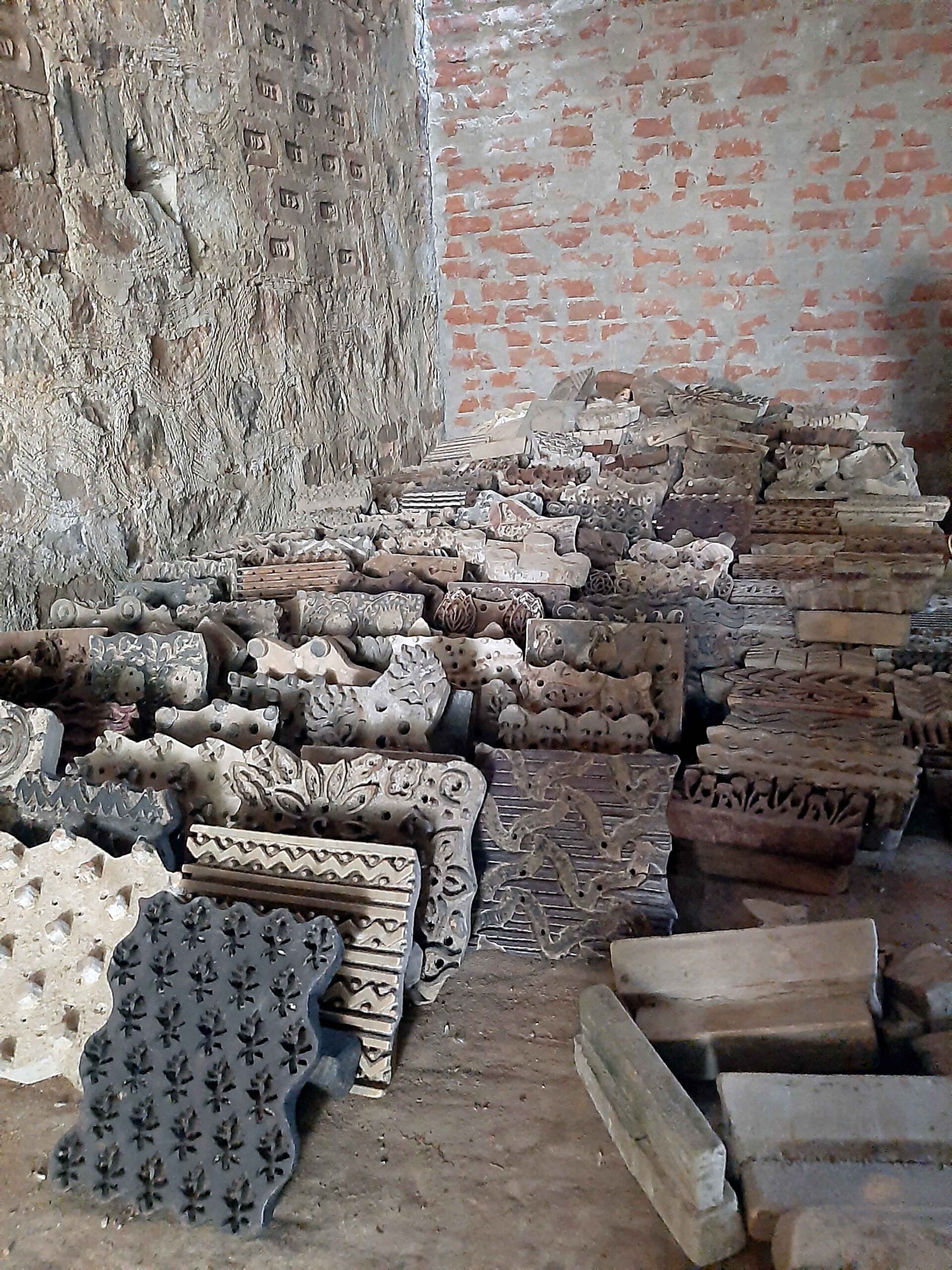Of home and the world: A brief discussion on rani chanda (1912-1997)
Dr. Aparna Roy Baliga
 From its very inception Kala-Bhavana, Visva-Bharati, Santiniketan enrolled female students. Girls from elite families found safe shelter in Santiniketan. Mr B W Tucker writes in Visva Bharati News—-‘One of the most striking aspects of Modern India is the rapidly increasing share that Indian women are taking in public affairs of the country. In recognition of this fact most of the colleges are opening departments for women. Santiniketan has long been in the vanguard of the movement for female education. Believing as we do in the unity of all life we have not created a separate women’s department but have long welcomed women as equal members of our corporate life. ’Hence it became a very important centre of women’s art education and one sees the emergence of women art writers and art practitioners like Rani Chanda and Jaya Appaswamy.
From its very inception Kala-Bhavana, Visva-Bharati, Santiniketan enrolled female students. Girls from elite families found safe shelter in Santiniketan. Mr B W Tucker writes in Visva Bharati News—-‘One of the most striking aspects of Modern India is the rapidly increasing share that Indian women are taking in public affairs of the country. In recognition of this fact most of the colleges are opening departments for women. Santiniketan has long been in the vanguard of the movement for female education. Believing as we do in the unity of all life we have not created a separate women’s department but have long welcomed women as equal members of our corporate life. ’Hence it became a very important centre of women’s art education and one sees the emergence of women art writers and art practitioners like Rani Chanda and Jaya Appaswamy.
Rani’s father was Kulachandra Dey & mother was Purnasashi. Her Father was a poet. After he died, Purnasashi shifted to her father’s house. Trunks full of memories were also shifted to the new place. Rani’s father’s clothes, paintings by Gaganendranath & Abanindranath and letters written by them, all were part of those trunks. Rani would rummage through them. But she was most attracted to the books on paintings of Durer, Rembrandt and Leonardo Da Vinci. Since childhood she would observe her Brother Mukul Dey’s paintings. Their family used to subscribe ‘Prabasi’ from which Rani would often copy the images. In 1927 her family shifted to Kolkata where her brother Mukul Dey became the principal of Govt. college of Arts and Crafts. In 1928 Rabindranath got Rani enrolled in Kalabhavan, Santiniketan. She started learning from Nandalal Bose &Vinayak Masoji. Her direct association with artists started in the flat for the Principal of Govt.
Art School with huge rooms & high ceilings. It was a huge space. Jamini Ray did not have a proper studio space at that time, Mukul Dey offered him some space. In the west there was a big drawing room. It became a collective studio space. The floor was divided into four sections. One part of the four sections became his working space. In another section painted Mukul Dey in his leisure hours or holidays. Rani would work next to Jamini Roy. The other section was for Nandalal Bose, when he visited Kolkata occasionally. Her elder brother would often work on her painting,
Rani along with the painting classes attended lectures on Bengali literature, music and dance. She was also trained in Jaipuri Fresco and assisted Nandalal in the fresco ‘Birth of Nimai’ (Nimayer Janmo) which was done on the walls in front of the library in Santiniketan. She learnt crafts from Rathindranath and Pratima Devi.

